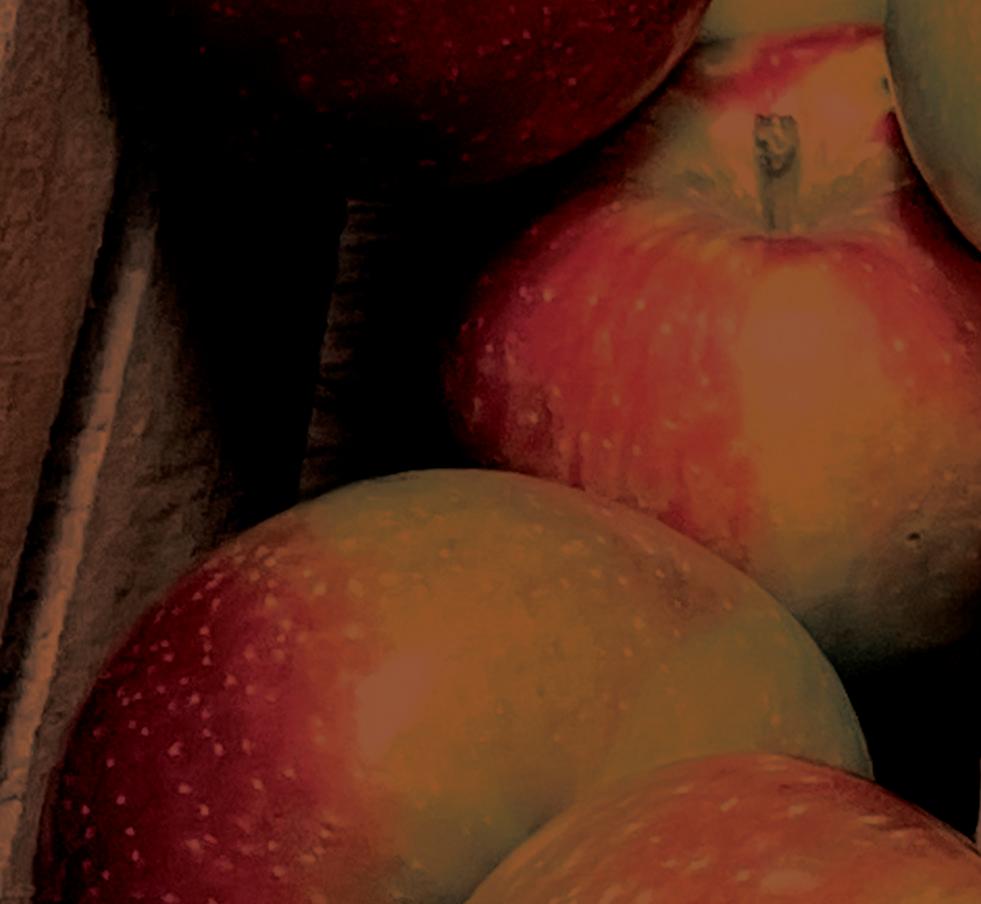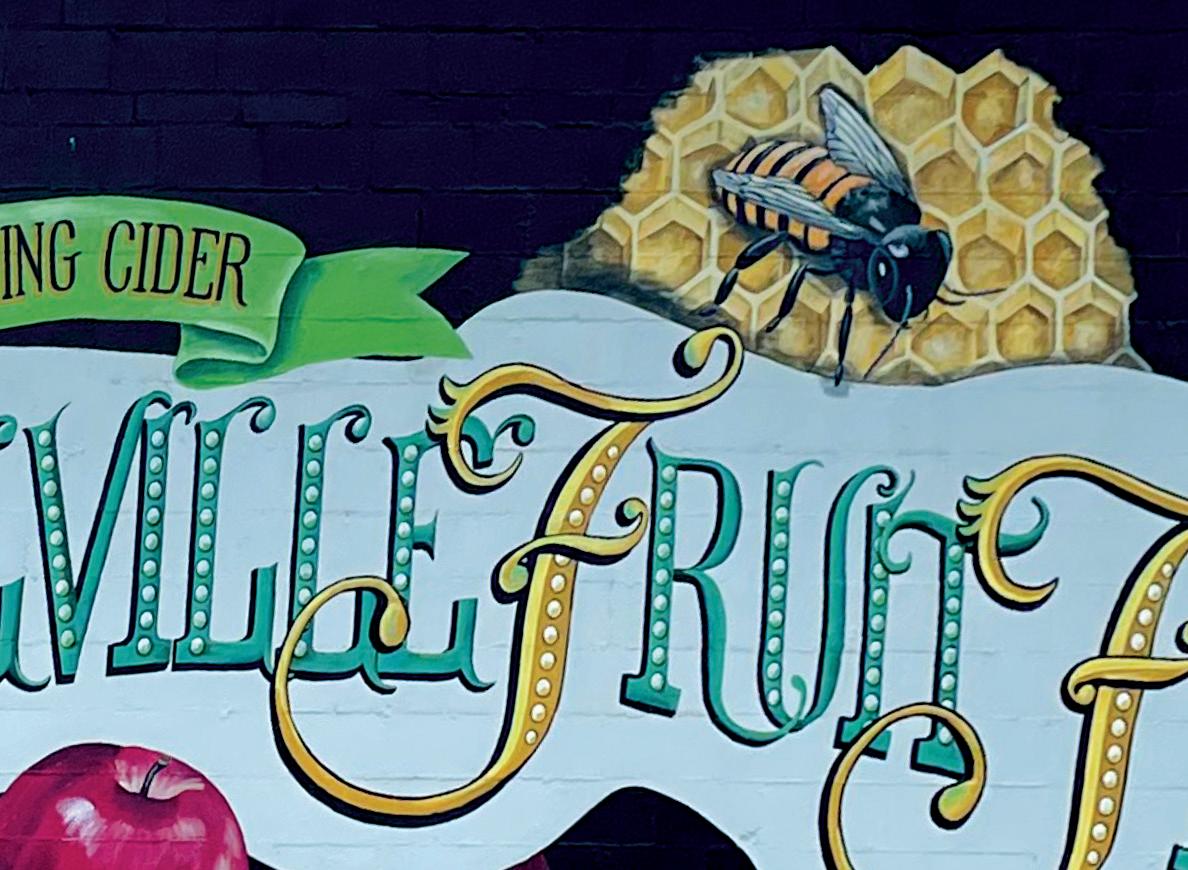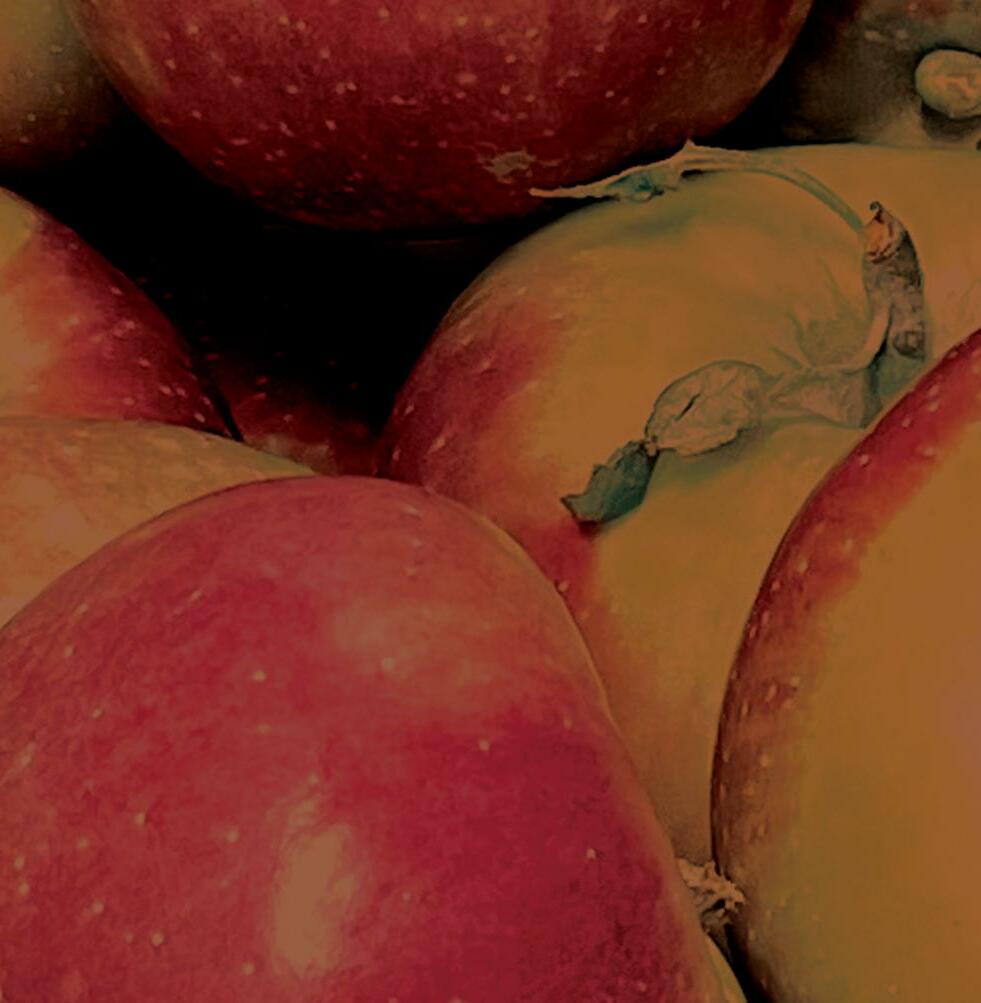
7 minute read
POWER LINES
WOODS, WATERS, AND WILDLIFE WOODS, WATERS, AND WILDLIFE
Birding vs. hunting

STORY AND PHOTOS BY W.H. “CHIP” GROSS
An important lesson in conservation came from Ohio’s duck hunters.
You might expect that to have been uttered by a waterfowl hunter. Kenn Kaufman, however, is not a hunter and never has been. Rather, he is one of North America’s best-known birding experts. The author of a dozen fi eld identifi cation guides and natural-history reference books, Kaufman also wrote the 1997 birding classic Kingbird Highway. He and his wife, Kimberly, the executive director of Black Swamp Bird
Observatory in Oak Harbor, live in northwest Ohio.
During settlement, the Buckeye State lost an estimated 95% of its original wetlands, much of that the Great Black Swamp, which once covered nearly all of northwestern Ohio and northeastern Indiana. That gigantic region was a haven for wildlife of all sorts — not just waterfowl — as the water slowly drained into the vast marshes that ringed the western edge of Lake Erie from Toledo to Sandusky. But what saved at least some of those marshes from becoming yet more farmland or other types of development were private duck hunting clubs, whose members banded together to keep the lakeside habitat in its original state year after year, decade after decade. The price for such management was not small, however, and simple economics gradually took its toll. One club after another was eventually forced to sell its property. Fortunately, state and federal governments were ready to

Buy a duck stamp?

Even if you’re not a hunter, you can help support waterfowl management in Ohio by purchasing a state/federal duck stamp. The sale of federal duck stamps has raised more than $1.1 billion for wildlife conservation since its inception in the 1930s, preserving some 6 million acres of wetland habitat nationwide.
Birding vs. hunting

Had it not been for Ohio’s duck hunters, much of Ohio’s marshland, which is so important to both birding and hunting today, may well have been lost to development.
buy. Waterfowl conservation groups such as Ducks Unlimited helped, too. Today, many of those historic shooting grounds are now national wildlife refuges and state wildlife areas, open to both birders and hunters. Two of the largest are Magee Marsh Wildlife Area and Ottawa National Wildlife Refuge, both located southeast of Toledo along State Route 2. Adjacent to one another, the two refuges make up the largest wetland complex in the state, encompassing nearly 7,000 acres. Other public wetlands in the area include Maumee Bay State Park, Howard Marsh, Metzger Marsh, Navarre Marsh, Pipe Creek, and Mallard Club Marsh wildlife areas. Those tens of thousands of wetland acres would have been irretrievably lost had it not been for waterfowl hunters. The duck clubs’ original intentions may well have been self-serving — after all, most members just wanted to shoot ducks — but nevertheless, the long-term benefi ts of those marshes for wetlands wildlife today have proven inestimable. “Whether birders like it or not,” says Kaufman, “it’s a fact that our sensational birding today in northwest Ohio rests on a foundation of habitat built by duck hunters. Magee Marsh, for instance, famous around the world as a place to see spring warblers and other songbirds, was saved because it was a duck club before it was turned over to the state of Ohio.” Some 30 private duck hunting clubs — such as Winous Point Shooting Club — still exist in the Lake Erie region, maintaining thousands of acres of marsh, providing habitat for not only waterfowl and other migratory game birds but all types of wildlife. So, if you have ever enjoyed a day birding the Lake Erie marshes, thank a duck hunter. And if you’ve not yet taken the opportunity to experience this pristine natural area of our state, make plans to go. Wildlife conservation history is important because it provides perspective and a better understanding and appreciation for the wild species we enjoy today.
W.H. “Chip” Gross is Ohio Cooperative Living’s outdoors editor. Got a question you’d like to ask Chip? Send an email to whchipgross@gmail.com.
CO-OP PEOPLE




Cider season There’s always something delicious happening at the Laurelville Fruit Farm.
STORY AND PHOTOS BY VICTORIA ELLWOOD









It was the antics of a wily and very hungry fox that serendipitously led to the creation of an applegrowing enterprise and cider mill that are still going strong more than a century later. Back in 1911, George Bowers and a friend started a chicken-raising business on 30 acres of hilly land near Laurelville, according to George’s grandson, Bob. “My grandfather was a rural mail carrier, fi rst on horseback and then by truck, and decided to raise chickens, too. But one night, a fox came along and got all of the chickens. A few apple trees were already growing on the hillside, so they scrapped the chicken business and switched to apples.” That launched what is now the Laurelville Fruit Company, with Bob at the helm, following in some wellworn family footsteps. “My dad took over the farm after World War II,” he says, “and growing up in the ’60s, I remember working my tail off to help out. Some of my high school friends and I would get up at 5 o’clock in the morning and make a thousand gallons of cider before school started, and then jug it when we got home. But it was fun, we didn’t think of it as work.” Today, the Laurelville Fruit Company orchards include “40 acres of apple trees, a couple acres of peaches, and just a smidgen of plums, cherries, and nectarines,” says Bob from his favorite perch in a rocking chair inside the Laurelville sales room. The popular retail shop is open July to December, and sells 12 to 15 diff erent kinds of apples (Bob’s favorite is the tart Winesap variety). But it’s the cider — produced each fall with a vintage rack-and-claw cider mill — that’s the main attraction here. The sought-after Laurelville Fruit Farm cider is made from a mix of sweet and tart, red and yellow apples. But the big diff erence is in the fi ltering. “Most ciders are not fi ltered, but ours is,” Bob says. “It makes for a more pleasant cider, and tastes just like biting into a fresh apple. It’s the only cider I’ll drink.” The shop also houses a slushie machine that turns out refreshing cider slushies each fall. “They’re really good; cider has just enough sugar in it to freeze to the right consistency.” The fruit farm shop is located smack-dab in the middle of tiny Laurelville, but the orchards are on acreage outside of town. Bob and his wife, Sherry, live close by on her family’s farmland, in the middle of 200 acres of row crops. Their home, a few rental properties, orchard buildings, the retail sales room, and a huge cold storage room are all served by South Central Power. Bob raised three daughters … none of whom plan to take over the reins of the fruit farm. A local family has helped the Bowers clan run the business for two generations. “When they’re ready to retire, I’ll probably retire too,” Bob says. “But I hope whoever buys the place will let me keep on sitting right here in my rocking chair.”




Laurelville Fruit Farm, 16181 Pike St., Laurelville, OH 43135. 740-332-2621.
Sherry and Bob Bowers grow and sell 15 varieties of apples from the Laurelville Fruit Farm, but their shop is best known for its sweet-and-tart cider.



